PDF] Human Body Shape Prediction and Analysis Using Predictive Clustering Tree
4.6 (701) · $ 8.99 · In stock
This work proposes to use Predictive Clustering Trees (PCT) to predict human body shapes from demographic information and demonstrates empirically that the PCT-based method has similar predicting power as the numerical approaches using body measurements. Predictive modeling aims at constructing models that predict a target property of an object based on its descriptions. In digital human modeling, it can be applied to predicting human body shape from images, measurements, or descriptive features. While images and measurements can be converted to numerical values, it is difficult to assign numerical values to descriptive features and therefore regression based methods cannot be applied. In this work, we propose to use Predictive Clustering Trees (PCT) to predict human body shapes from demographic information. We build PCTs using a dataset of demographic attributes and body shape descriptors. We demonstrate empirically that the PCT-based method has similar predicting power as the numerical approaches using body measurements. The PCTs also reveal interesting structures of the training dataset and provide interpretations of the body shape variations from the perspective of the demographic attributes.
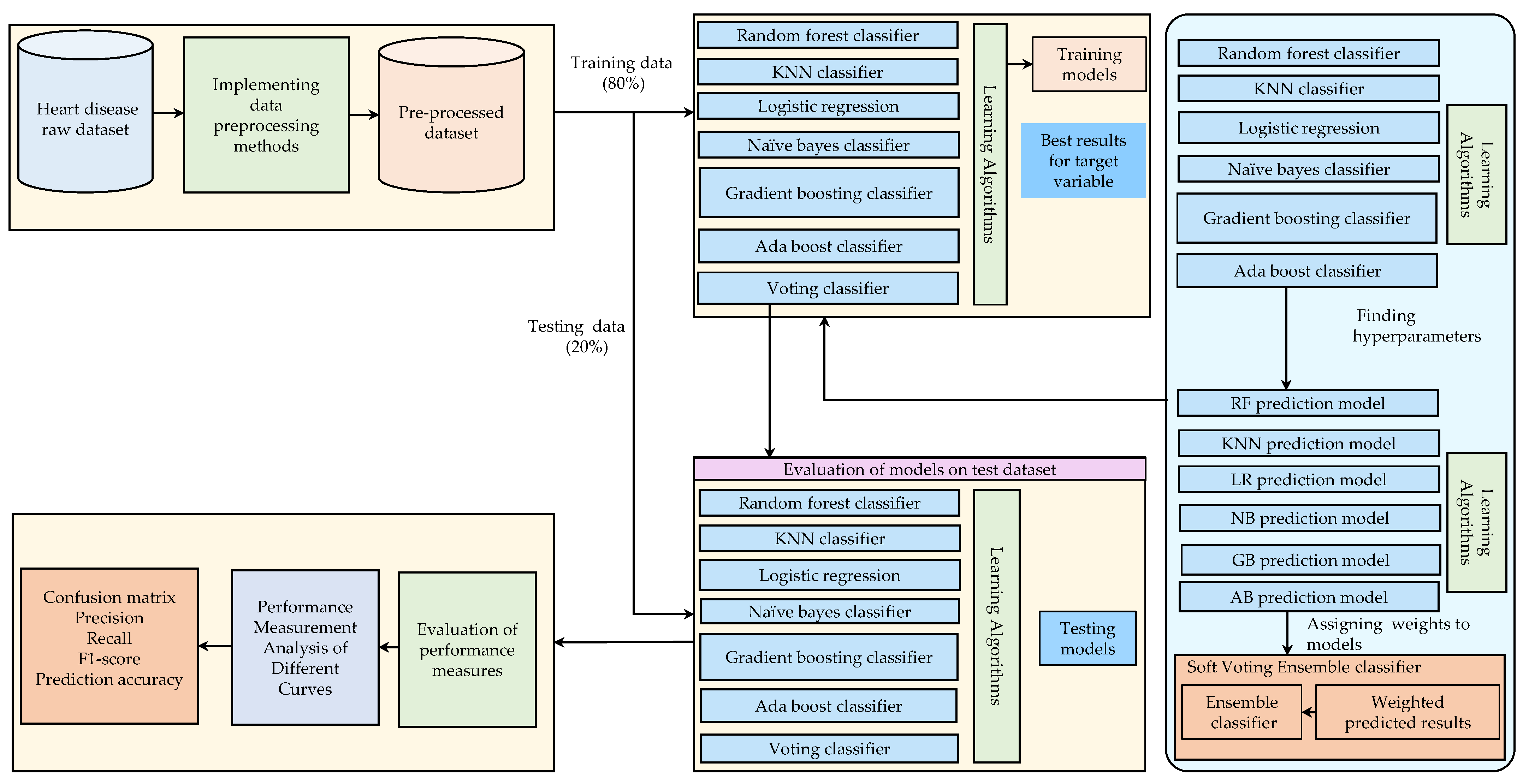
Processes, Free Full-Text
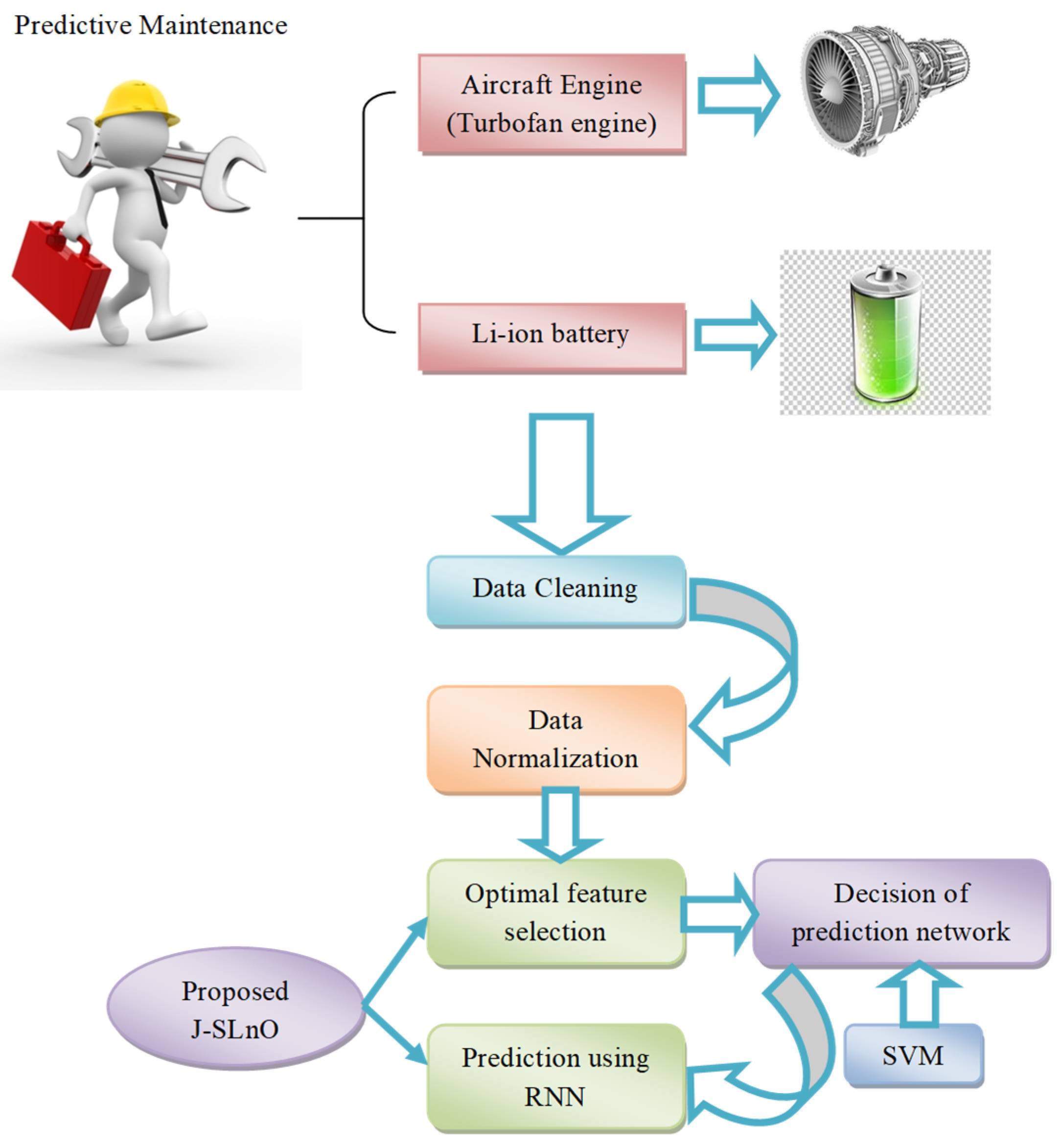
Sustainability, Free Full-Text
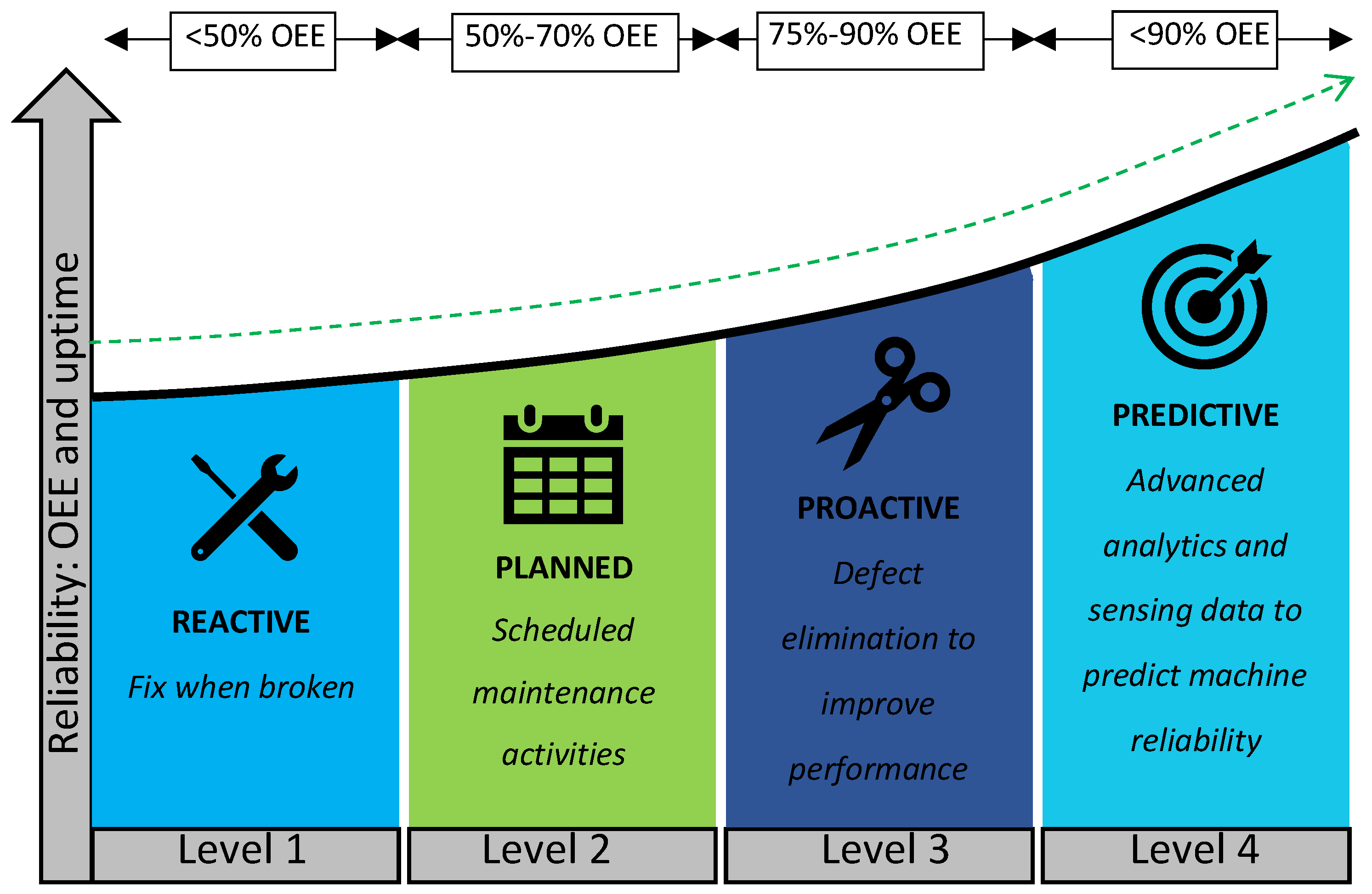
Sustainability, Free Full-Text
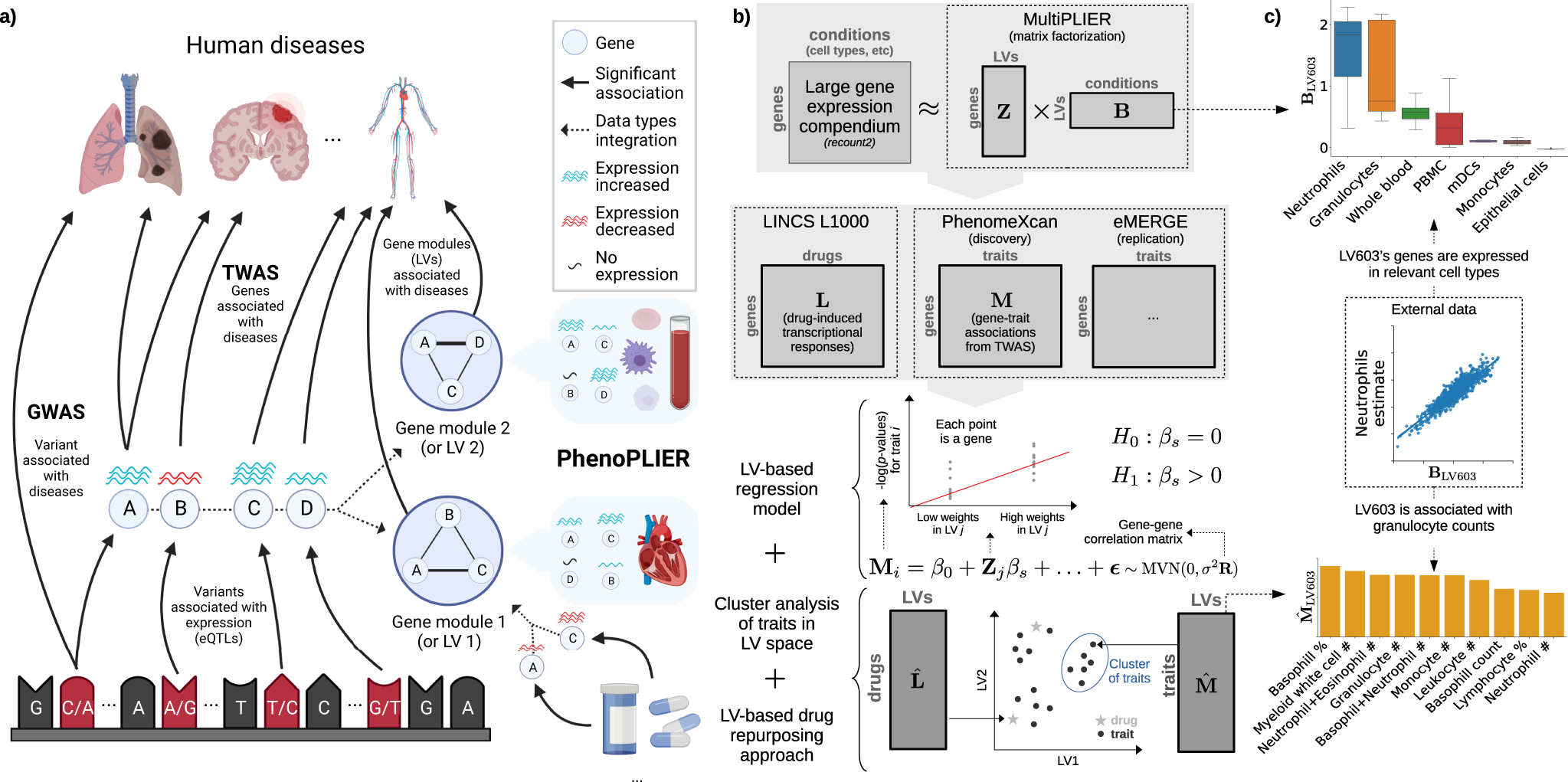
Projecting genetic associations through gene expression patterns

PDF] Human Body Shape Prediction and Analysis Using Predictive
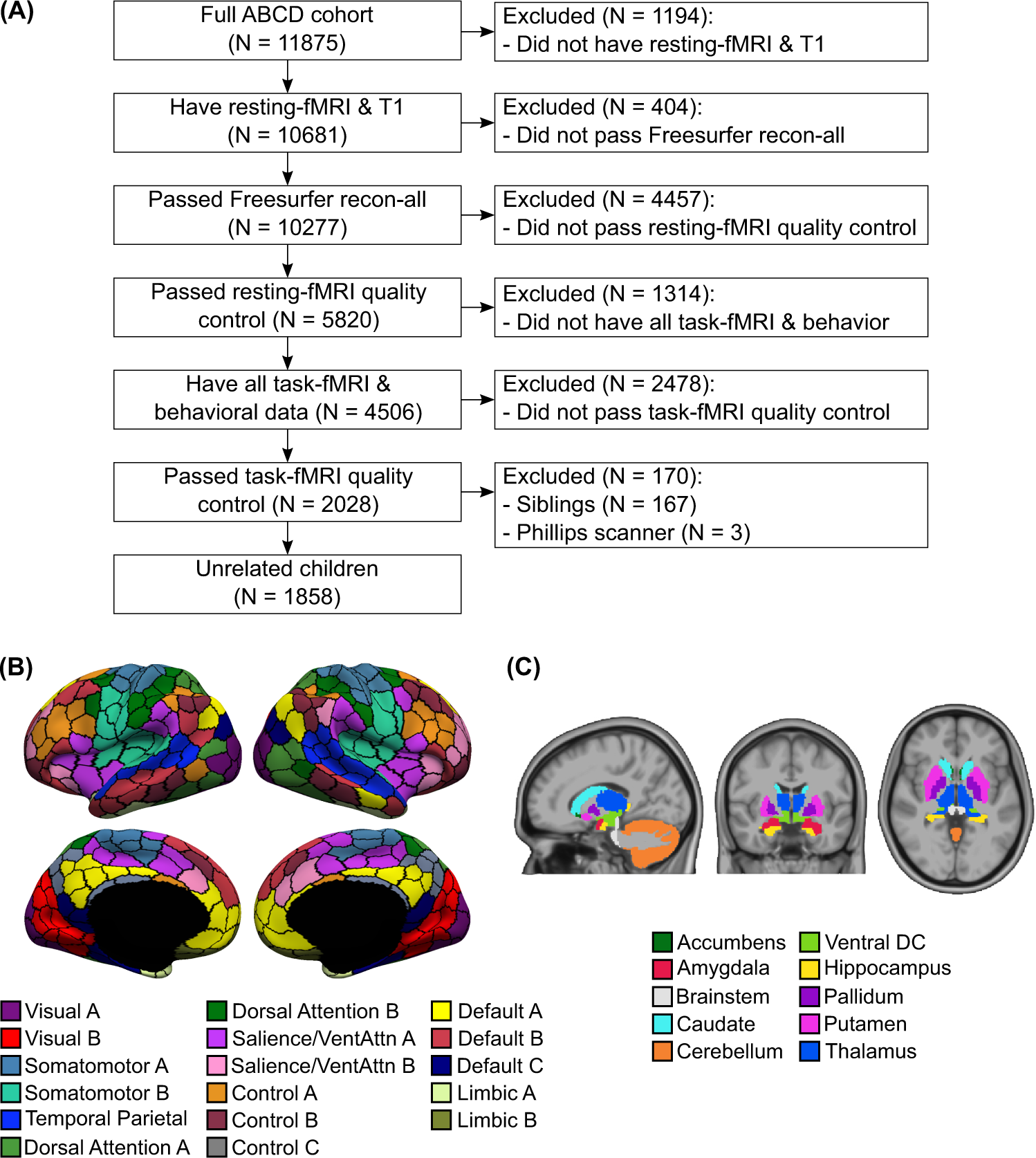
Shared and unique brain network features predict cognitive
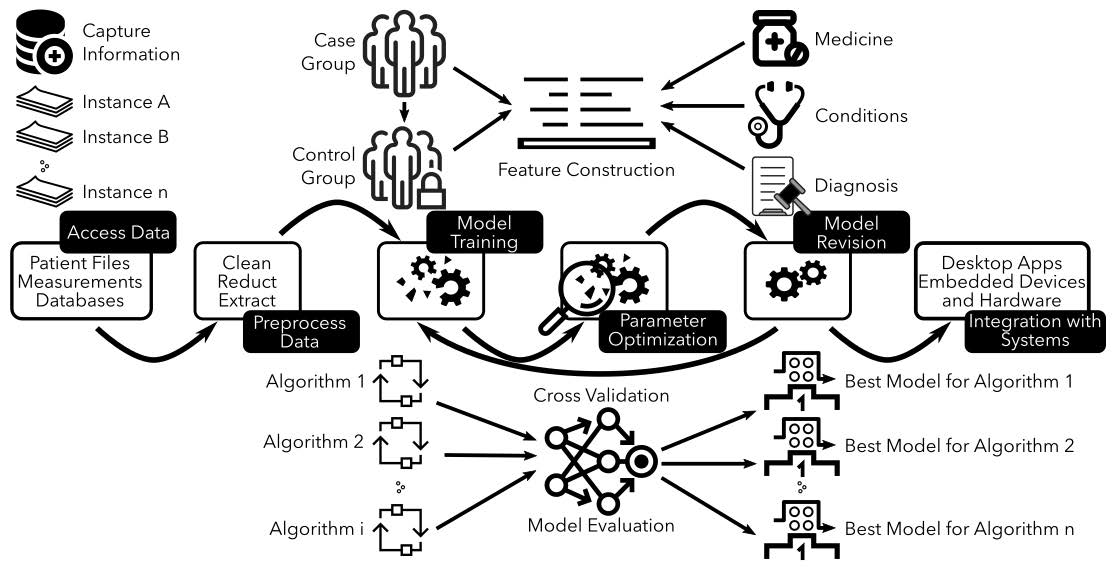
Encyclopedia, Free Full-Text
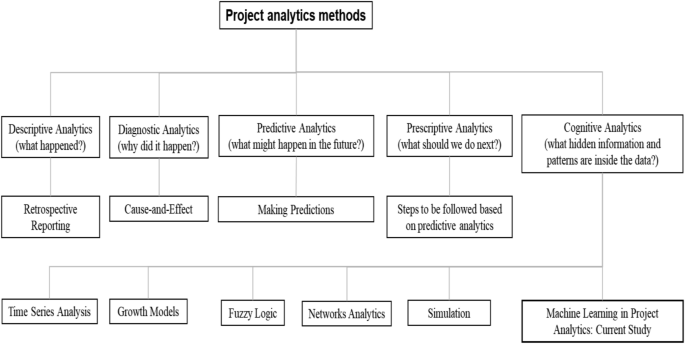
Machine learning in project analytics: a data-driven framework and
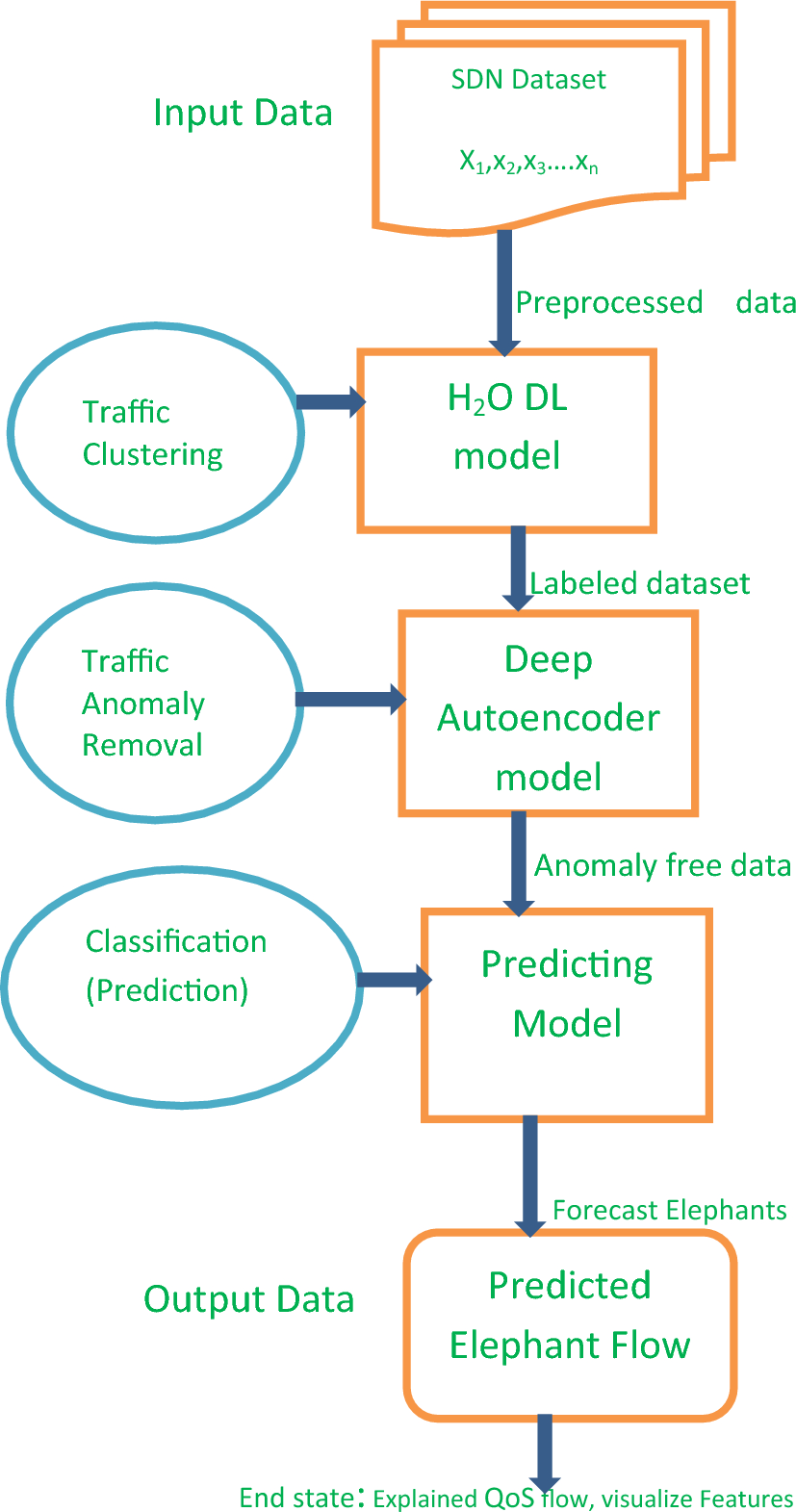
Traffic prediction in SDN for explainable QoS using deep learning approach
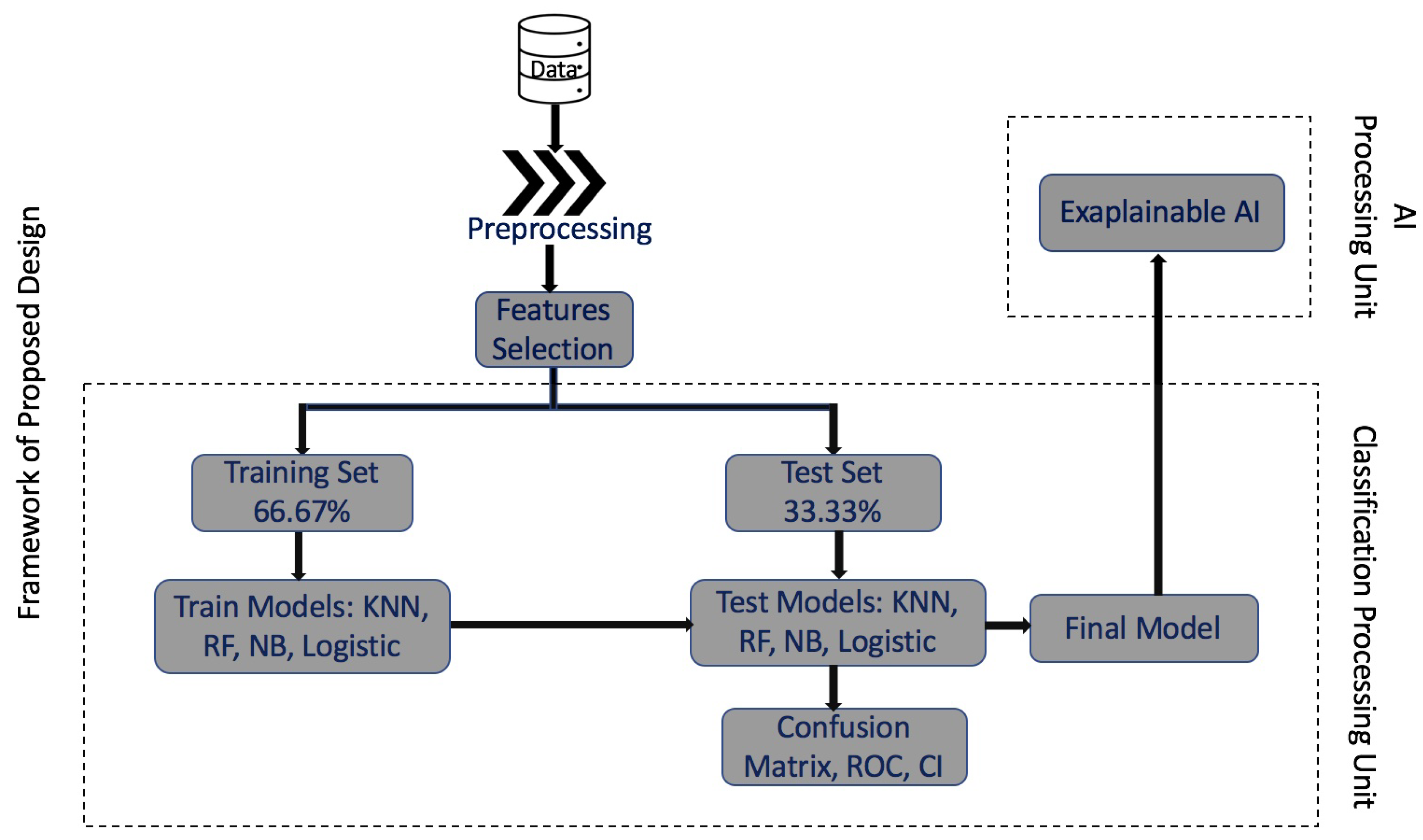
AppliedMath, Free Full-Text
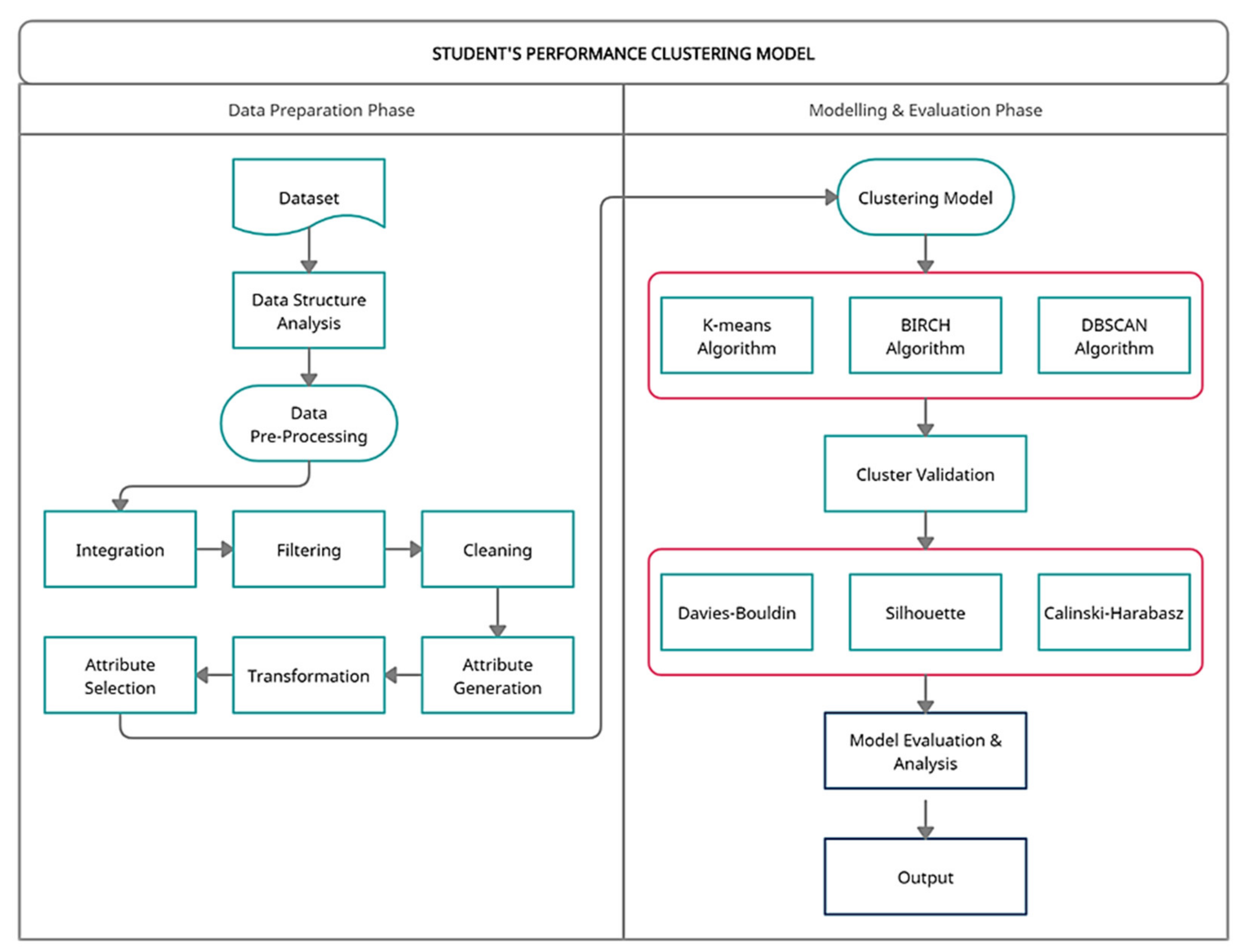
Applied Sciences, Free Full-Text
ESSD - Individual tree point clouds and tree measurements from
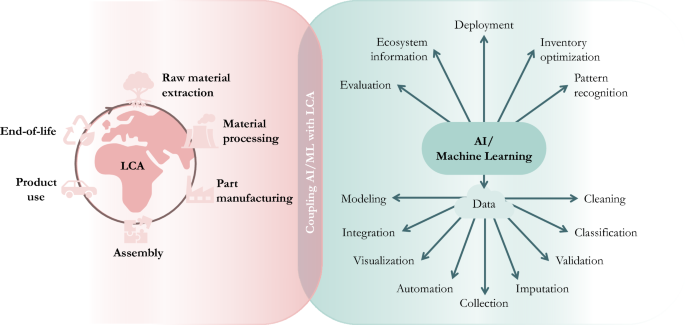
Toward artificial intelligence and machine learning-enabled
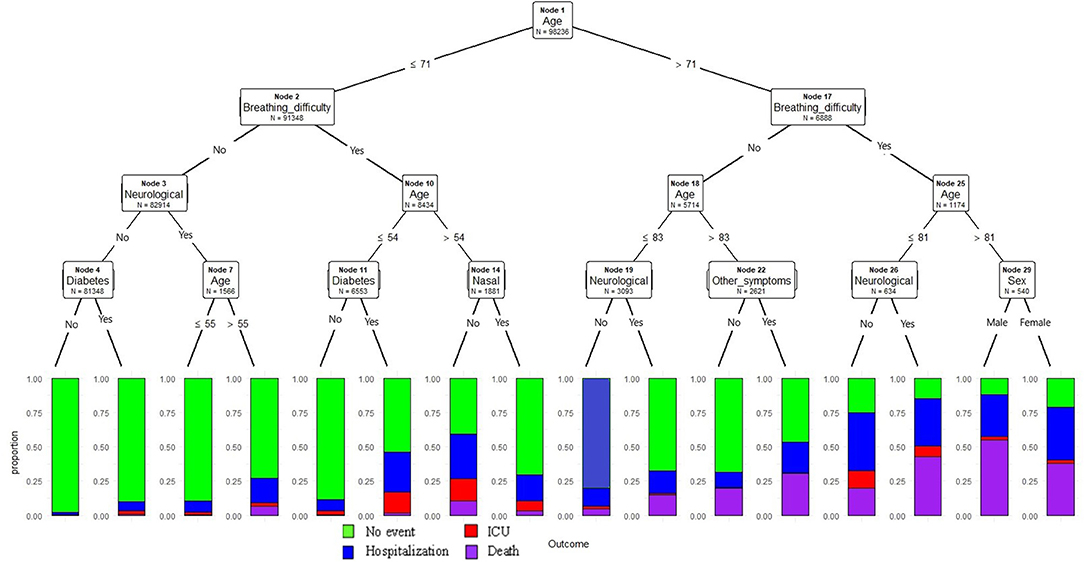
Frontiers Predicting the Risk Factors Associated With Severe Outcomes Among COVID-19 Patients–Decision Tree Modeling Approach





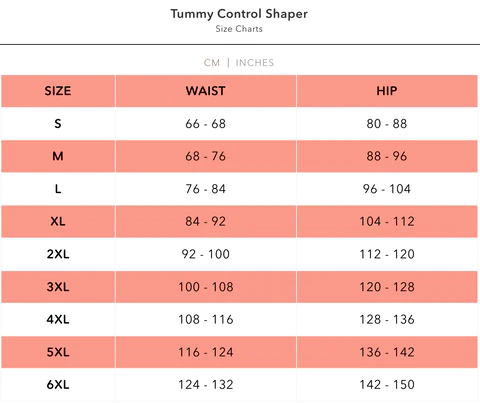
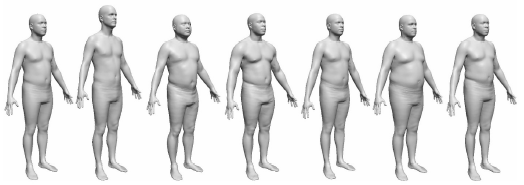


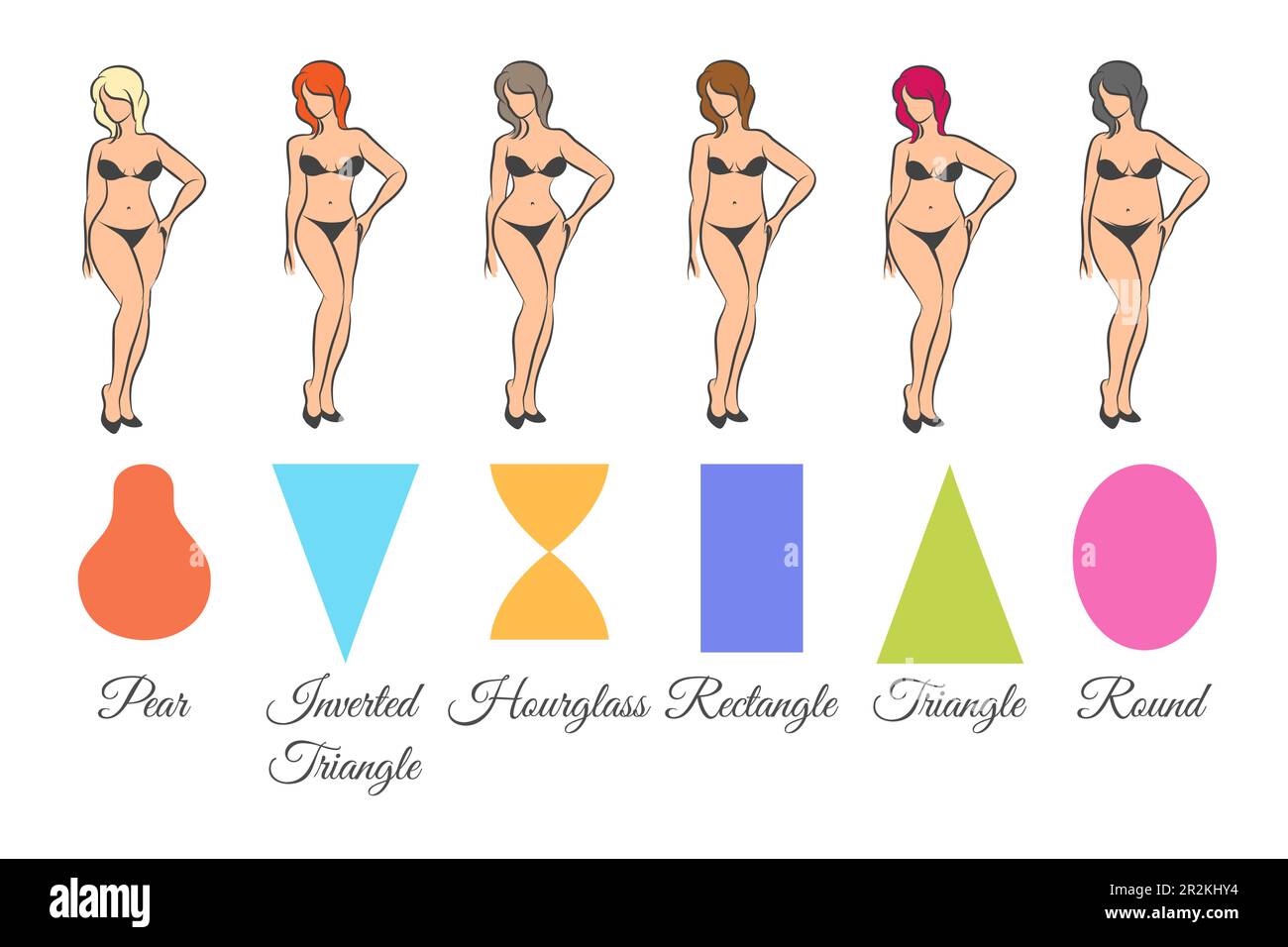
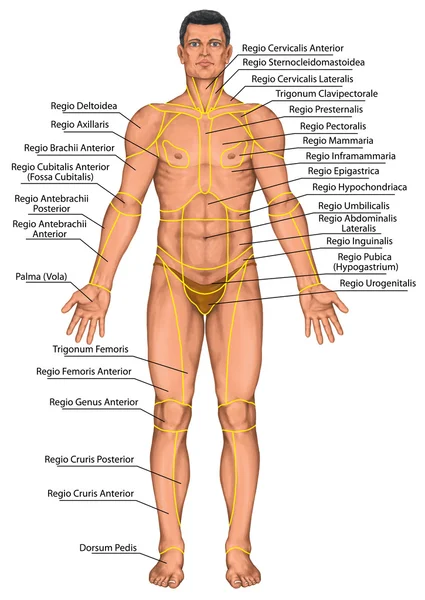
![PDF] Human Body Shape Prediction and Analysis Using Predictive Clustering Tree](https://d3i71xaburhd42.cloudfront.net/646eb6e19d2d0c858d71d3d810f4642cfaa130c2/6-Figure4-1.png)